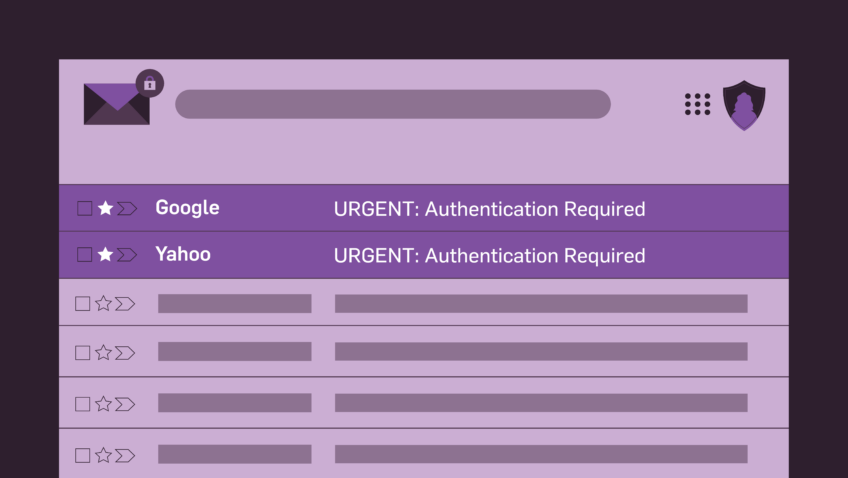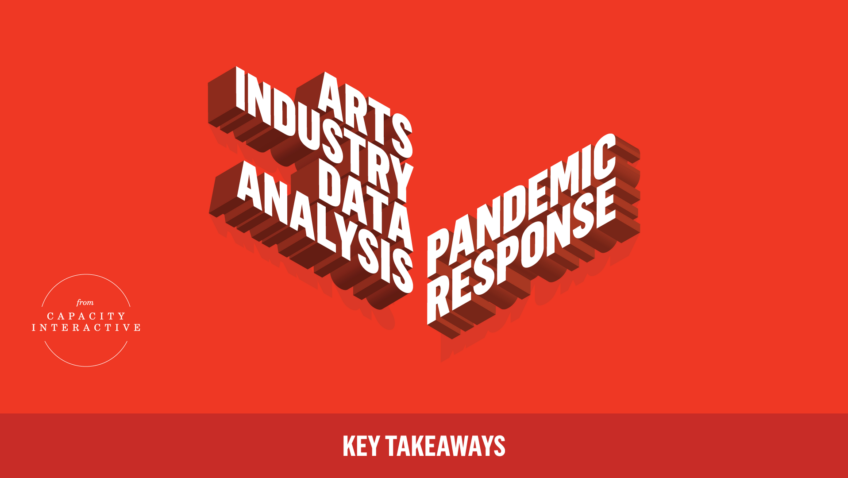Building Blocks for Email Benchmarks
Our clients often ask how they compare to other cultural organizations. While we’re happy to point them towards the most recent Arts Industry Digital Marketing Benchmark Study, the best path is to benchmark against themselves. This is particularly true for email because email type and the size of the list both impact metrics and results.
For example, a theater that sends daily pre- and post-performance emails will likely see higher open rates due to the high relevancy/personalization of the email and the relatively small and targeted list. On the other hand, a dance company that sends a monthly newsletter to its full list will likely see a lower open rate due to both the decreased relevancy of that newsletter (as compared to an email about an imminent performance) and to the large size of the list.
With that being said, let’s take a look at common email metrics and how they can be helpful to you as you’re analyzing the results of your email campaigns.
Number of Sent vs. Number of Delivered – Number of Sent is the pure number of emails sent to unique addresses on your list. Number of Delivered is more helpful in telling you how many inboxes your email actually landed in (i.e. subtracting which emails bounced from the total sent – more on that below). Most email platforms calculate engagement rates off of Number of Delivered.

Open Rate/Unique and Total – Open rate measures the number of people who opened your email divided by the number of people that received your email, multiplied by 100. Looking at your total open rate is a good indication of how enticing your subject line was and how well targeted and well-timed your email was. The total open rate looks at all opens whereas the unique open rate is looking at how many individual users opened your email, not counting how many times they looked at them.


List Growth Rate – In an ever-changing digital landscape (*cough cough* Intelligent Tracking Prevention), email continues to be one of the most effective and cost-efficient ways to communicate with your nearest and dearest – so the more (quality) leads, the merrier. List Growth Rate is best looked at over time, keeping in mind when you’ve engaged in acquisition efforts – like a lead generation campaign in advance of your season announcement.
In future blog posts, we’ll talk about good ways to welcome new people to your email lists (hello, cascades!) and ways to make users think twice about unsubscribing by encouraging them to tell you what/when they really want to hear from you.

Conversion Rate – Any conversion (usually ticket purchases or donations) divided by the number of emails delivered is your conversion rate. Again, this rate will change based on the email type and the size of your list, but it’s helpful to come up with a few internal benchmarks to measure how effectively your emails are leading to the desired outcome.

Click-Through Rate – An email’s click-through rate (CTR) is, very simply, the number of people who clicked your email divided by the number of people that received your email, multiplied by 100. As with other metrics, it can be defined as unique (number of unique people that clicked) or total (number of total clicks on your email). In general, CTR can be a good indication of how engaging your email content is (did people want to click it?).

Click-to-Open Rate – An email’s click-to-open rate (CTOR) is very similar to an email’s CTR, but rather than compare the number of people that clicked to the number of people that were sent the email, CTOR compares the number of people that clicked to the number of people that opened the email. In this vein, CTOR is typically a better indication of how engaging your email content is because the metric only looks at people who showed initial interest (i.e. opened the email).

Unsubscribe Rate – An unsubscribe rate is the number of people who unsubscribed from your list divided by the number of people that received your email. Unsubscribe rates can vary from email to email, but you typically want to keep it under .5%. If it starts to creep up above that, take a look at who you’re sending your emails to and make sure that the content you’re sending is relevant to them. As always, the best way to reduced unsubscribe rates is to make sure that your emails are anticipated, personal, and relevant!

Bounce Rate – Bounce rate is a metric that scares a lot of marketers – especially after we invest so much time (and sometimes money) collecting all those leads! While it’s certainly something to keep an eye on, we want to give you permission not to obsess over it. An email bounce can happen any time you tried to send an email to a subscriber, but your email service provider wasn’t able to deliver it to their inbox.

In general, there are two types of bounces: soft bounces and hard bounces.
Soft bounces can occur for reasons like a subscriber has a full inbox, your email is too large for their inbox to handle, or your email was blocked by their inbox’s spam filter. Typically there isn’t much action you can take if a soft bounce occurs, but you want to keep an eye out for any emails that have a large soft bounce rate as it could indicate that your emails are being flagged as spam.
Hard bounces will happen if the email is invalid. This can happen if the email domain doesn’t exist, or if the user on an existing domain doesn’t exist. You’ll want to check to see how your email service provider handles bounces as some will remove any hard-bounces from your future lists.
Ready to up your email game? Check out Behavior Infuser – it has all of the benefits of marketing automation, right from Tessitura.










